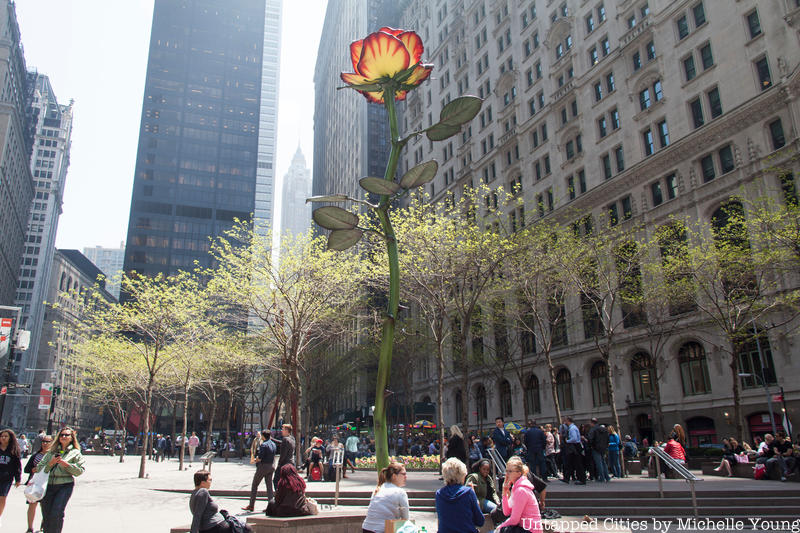
Manhattan’s Zuccotti Park is a 33,000 sq. foot stretch of green located at the intersection between Cedar Street, Broadway, Trinity Place, and Liberty Street. Originally called Liberty Plaza, the park’s name was changed after it was severely damaged by the September 11th attacks.
Over the past two decades, the park — which served as the location of the Occupy Wall Street protests in 2011 — has functioned both as a symbol of the New York working man’s resilience as well as a central hub of protest against Wall Street‘s corporate culture. Its storied history extends hundreds of years before the area actually became a park, and during this time it has amassed an extensive collection of historical, cultural, and architectural secrets.
10. Zuccotti Park Was the Location of the First Coffeehouse in the New World
Many historians believe that the first coffeehouse built in the New World was the King’s Arms, built on the land where Zuccotti Park is now. The coffeehouse opened in 1696 and was owned by Lieutenant John Hutchins, standing on the west side of Broadway between Crown (now Liberty) Street and Little Queen (now Cedar) Street.
The building had a yellow facade imported from Holland, as well as a rooftop observatory that allowed patrons to sit and look out at the ocean over which they had just traveled. It hosted many courtroom trials and business meetings; its rooms were often full of people smoking and reading newspapers; and it had private rooms that could be reserved for discussion or study. Whereas taverns were places for people to unwind, the coffeehouse served as a meeting place where many of the plans for what would become America’s capital city at the time of the Constitution’s ratification were hatched.
Since the first cup was poured at the King’s Arms, New Yorkers have never stopped pumping their veins full of joe. King’s Arms inspired a great many coffeehouses, and the coffee shop still serves a place where New Yorkers work at their notoriously fast pace and congregate to discuss art and politics and every facet of life.
There might be a coffee shop on every corner of the city today, but once upon a time, when New York was mostly trees and rivers, the King’s Arms was a revolution—in more ways than one.





